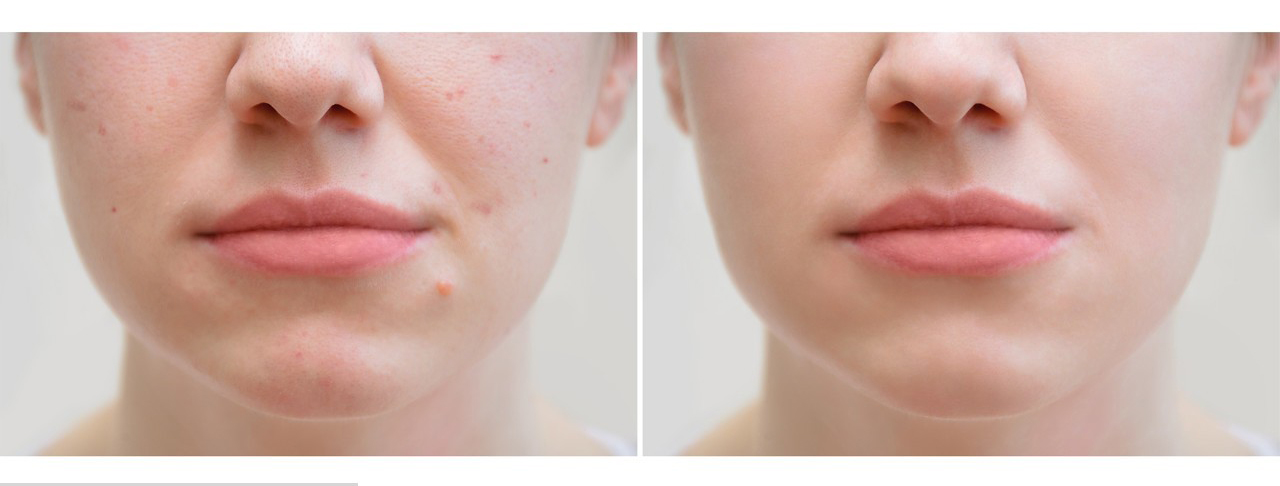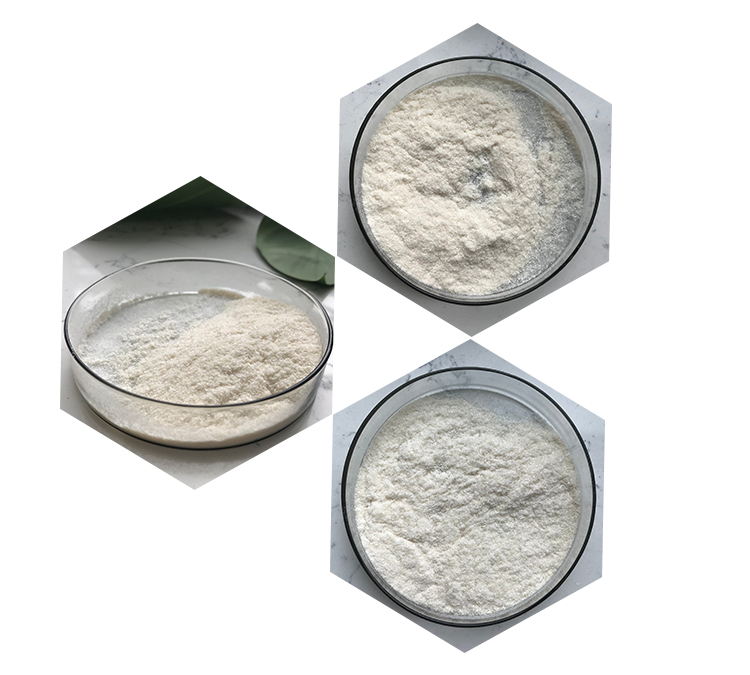Kojic acid is a naturally occurring compound that has gained attention in the fields of skincare, cosmetics, and dermatology due to its potential benefits for skin lightening and pigmentation regulation. It is derived from various fungi, especially Aspergillus oryzae, and is also found in certain foods like soy sauce and rice wine.
Here is a comprehensive overview of Kojic acid, including its properties, uses, safety considerations, and potential side effects:

1. Skin Lightening and Pigmentation Control:
- Melanin Inhibition: Kojic acid works by inhibiting the production of melanin, the pigment responsible for the color of our skin, hair, and eyes. It does so by interfering with the enzyme tyrosinase, which is involved in melanin synthesis.
- Hyperpigmentation Treatment: Kojic acid is often used to treat conditions such as melasma, freckles, age spots, and post-inflammatory hyperpigmentation. It can help fade dark spots and even out skin tone.
2. Cosmetic and Skincare Applications:
- Skin Brightening: Kojic acid is a common ingredient in skin brightening products like serums, creams, and lotions.
- Acne Scars: It may also help improve the appearance of acne scars and blemishes.
- Anti-Aging: Some skincare products incorporate Kojic acid to address signs of aging, such as fine lines and wrinkles.
3. Safety and Side Effects:
- Generally Safe: Kojic acid is generally considered safe for topical use. However, it can cause skin irritation, redness, and stinging in some individuals, particularly those with sensitive skin.
- Allergic Reactions: Allergic reactions to Kojic acid are rare but possible. Patch testing before using Kojic acid-containing products is advisable, especially if you have a history of skin sensitivity or allergies.
- Photosensitivity: Kojic acid may increase the skin’s sensitivity to sunlight. Using sunscreen is essential when using products containing Kojic acid to prevent sunburn and further skin damage.
4. Precautions:
- Consult a Dermatologist: If you have specific skin concerns or conditions, it’s advisable to consult a dermatologist before using Kojic acid products to ensure they are suitable for your skin type and needs.
- Avoid Eye Contact: Avoid getting Kojic acid products in your eyes, as it can cause irritation.
5. Over-the-Counter and Prescription Products:
- Kojic acid is available in various over-the-counter skincare products, but stronger formulations may require a prescription.
- Prescription-strength Kojic acid may be recommended for more severe cases of hyperpigmentation.

6. Natural Sources:
- In addition to commercial products, Kojic acid can be found in certain natural sources like sake (Japanese rice wine), soy sauce, and some types of mushrooms.
7. Alternatives:
- Other ingredients, such as hydroquinone, alpha hydroxy acids (AHAs), and vitamin C, are also used in skincare for skin lightening and pigmentation control. Consultation with a dermatologist can help you determine the best option for your skin.
In conclusion, Kojic acid is a well-known ingredient in the skincare industry due to its potential for skin lightening and pigmentation control. While generally safe for topical use, it’s essential to use Kojic acid products with caution, especially if you have sensitive skin. Consulting a dermatologist can help you choose the right products and develop a skincare routine tailored to your needs.
